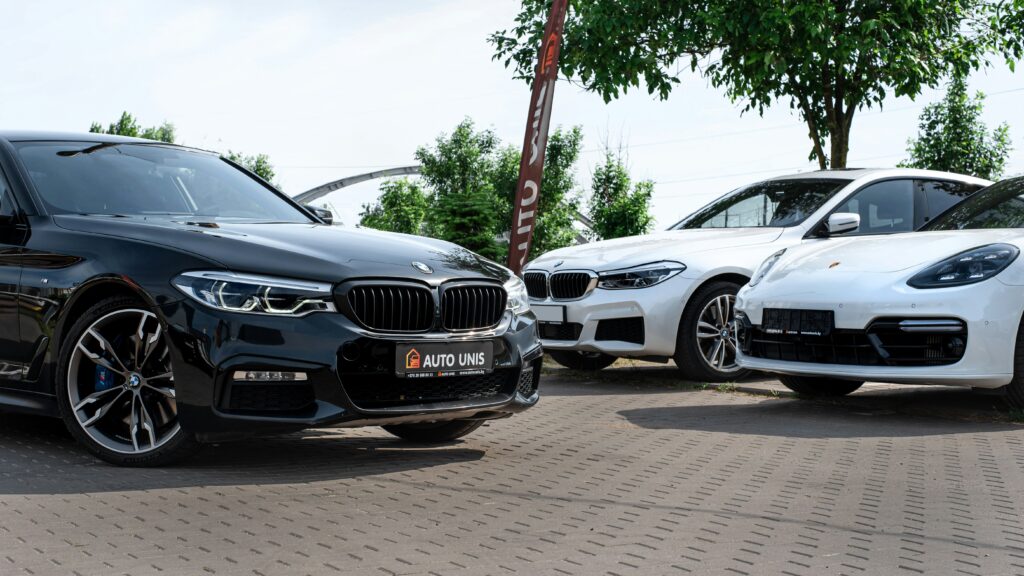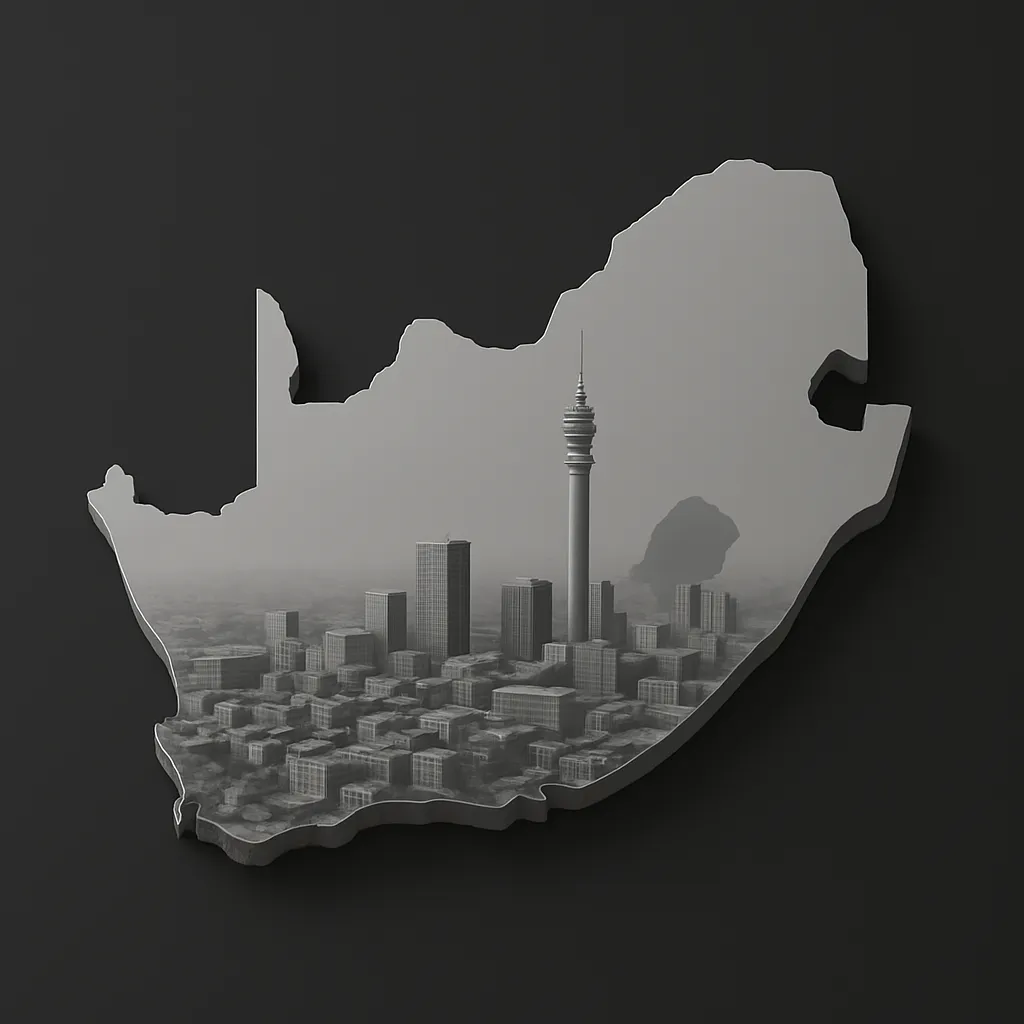
South Africa’s New Car Market to 2030: Reinvention, Risk, and the Road Ahead for OEMs
The South African new car market is entering a decade defined not by iteration—but by reinvention. As we edge closer to 2030, the role of OEMs (Original Equipment Manufacturers) in the country is being reshaped by intersecting forces: global technological trends, local economic pressures, evolving consumer expectations, and regulatory reconfiguration. What was once a relatively stable sector marked by predictable model cycles, dealership loyalties, and slowly shifting product mixes is now being pulled into a high-stakes transformation—where standing still is not just unwise, but potentially existential.
At the heart of this transformation is the global move toward electrification. While South Africa trails the curve in electric vehicle (EV) adoption, it is increasingly clear that global OEM product pipelines will begin prioritising EV and hybrid units as legacy internal combustion engine (ICE) production phases out. Many OEMs have committed to electrification roadmaps—some as early as 2026—with South Africa still grappling with how to absorb, sell, and service these vehicles in a market dominated by diesel bakkies, petrol hatchbacks, and infrastructure challenges. The question is no longer if the EV wave will reach South Africa, but how quickly and under what conditions. The current lack of charging infrastructure and high vehicle pricing create serious short-term hurdles—but long-term pressure from global production shifts, export priorities, and sustainability commitments will force change.
Yet, the EV conversation is only one piece of the puzzle. OEMs must also confront the economic fragmentation of the South African consumer base. While the premium segment remains relatively resilient, the middle and entry-level markets—where much of the volume sits—are under pressure. Rising interest rates, inflation, and stagnant wage growth mean that affordability will continue to be a barrier. This is where innovation in vehicle financing, ownership models, and total cost of ownership (TCO) messaging becomes critical. Subscription models, usage-based insurance, and service-inclusive leasing schemes are beginning to take root in other markets, and South Africa is ripe for similar models—particularly among younger, urban buyers with fluctuating income and less brand loyalty.
Digital transformation will become the great differentiator—not just in product, but in the buying experience. Dealerships that once relied solely on foot traffic and local relationships are being challenged to reimagine their role. The buyer journey is moving online, with customers expecting the ability to browse models, compare specs, apply for financing, and book test drives or deliveries—all from their devices. OEMs must provide integrated, seamless digital retail experiences that match global benchmarks while accounting for local bandwidth and UX preferences. Those that invest in omnichannel ecosystems—combining strong web platforms, social media-driven discovery, and dealership-level execution—will command the trust of a new generation of digitally fluent buyers.
Overlaying this is a deeper shift in consumer mindset. The new car buyer of 2030 will not simply be looking for horsepower or badge prestige. They’ll be looking for connectivity, modularity, and alignment with their values. Sustainability, transparency, safety tech, and digital experience will matter more than historical dominance. This is a critical moment for challenger brands. The rise of Chinese OEMs—already evident in the Western Cape and Gauteng—signals a reshaping of the competitive landscape. These players are offering well-equipped, design-forward vehicles at highly competitive price points. If traditional OEMs are slow to localise, digitise, or rethink their positioning, they may find themselves outflanked not by premium rivals—but by smart, aggressive newcomers.
On the policy front, the picture remains mixed. South Africa’s current stance on EV incentives, import duties, and green infrastructure is underdeveloped compared to markets like the EU, China, or the UAE. However, moves are being made. Public–private partnerships are emerging to expand national charging infrastructure, particularly in urban hubs. There’s also growing pressure on the Department of Trade, Industry and Competition (DTIC) to revise the Automotive Production and Development Programme (APDP) to support local assembly of EVs and parts. OEMs operating in South Africa are closely watching how government policy evolves—and how quickly it can match the urgency of global transitions. Incentives, localisation thresholds, and regional trade frameworks will all play a role in determining which OEMs double down and which begin to exit the market.
Another major shift looming on the 2030 horizon is the transformation of after-sales and technical ecosystems. EVs, hybrids, and software-defined vehicles require completely different maintenance logic. Oil changes, gearbox repairs, and mechanical diagnostics are being replaced by battery lifecycle management, software updates, and connected vehicle health systems. South African dealerships and workshops are largely underprepared for this shift. OEMs must invest now in technician reskilling, diagnostic tooling, and digital aftersales support systems—or risk having their products stranded in a service void. Additionally, the integration of remote diagnostics and predictive maintenance opens new customer service opportunities—but only for brands that build that infrastructure into their vehicles and support channels from the start.
Talent and workforce development will also be a critical differentiator. The South African automotive sector, historically strong in technical and sales skills, must now evolve toward a blended talent model. Digital literacy, customer journey management, EV systems expertise, and even data analytics are becoming essential capabilities. OEMs will need to partner with education providers, expand internal academies, and provide pathways for continuous upskilling across their dealer and support networks. Without this internal evolution, even the most cutting-edge vehicles will suffer poor market performance due to inadequate customer experience.
Underlying all of this is the need for a mindset shift within OEM leadership—from first curve to second curve thinking. The first curve was about efficiency, legacy optimisation, and network control. The second curve is about experimentation, cross-functional agility, and co-creating value with both customers and internal teams. The OEMs that survive and lead to 2030 will not be those with the biggest legacy market share, but those who embrace bold reinvention, human-centred design, and systemic alignment between product, process, and people.
In conclusion, the South African new car market is not merely evolving—it’s being fundamentally redefined. Between now and 2030, OEMs must adapt across multiple dimensions: electrification, affordability, digital enablement, customer experience, policy navigation, and workforce transformation. Fragmented change will not be enough. It will take systemic, coordinated action across business units, partners, and markets to thrive in this new landscape. For those willing to rethink everything—there is immense opportunity. For those unwilling to move—the cost will not be stagnation, but irrelevance.


















